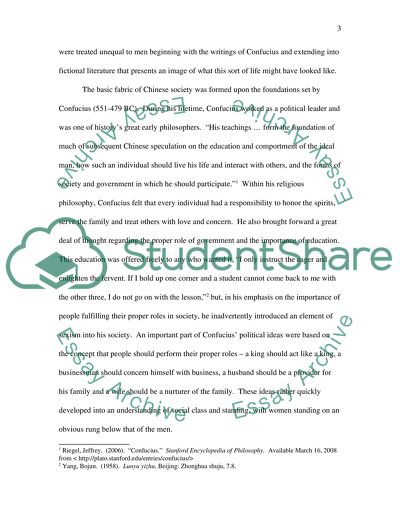Cite this document
(Women in ancient China were treated unequally to men Coursework, n.d.)
Women in ancient China were treated unequally to men Coursework. https://studentshare.org/sociology/1545157-women-in-ancient-china-were-treated-unequally-to-men
Women in ancient China were treated unequally to men Coursework. https://studentshare.org/sociology/1545157-women-in-ancient-china-were-treated-unequally-to-men
(Women in Ancient China Were Treated Unequally to Men Coursework)
Women in Ancient China Were Treated Unequally to Men Coursework. https://studentshare.org/sociology/1545157-women-in-ancient-china-were-treated-unequally-to-men.
Women in Ancient China Were Treated Unequally to Men Coursework. https://studentshare.org/sociology/1545157-women-in-ancient-china-were-treated-unequally-to-men.
“Women in Ancient China Were Treated Unequally to Men Coursework”. https://studentshare.org/sociology/1545157-women-in-ancient-china-were-treated-unequally-to-men.


